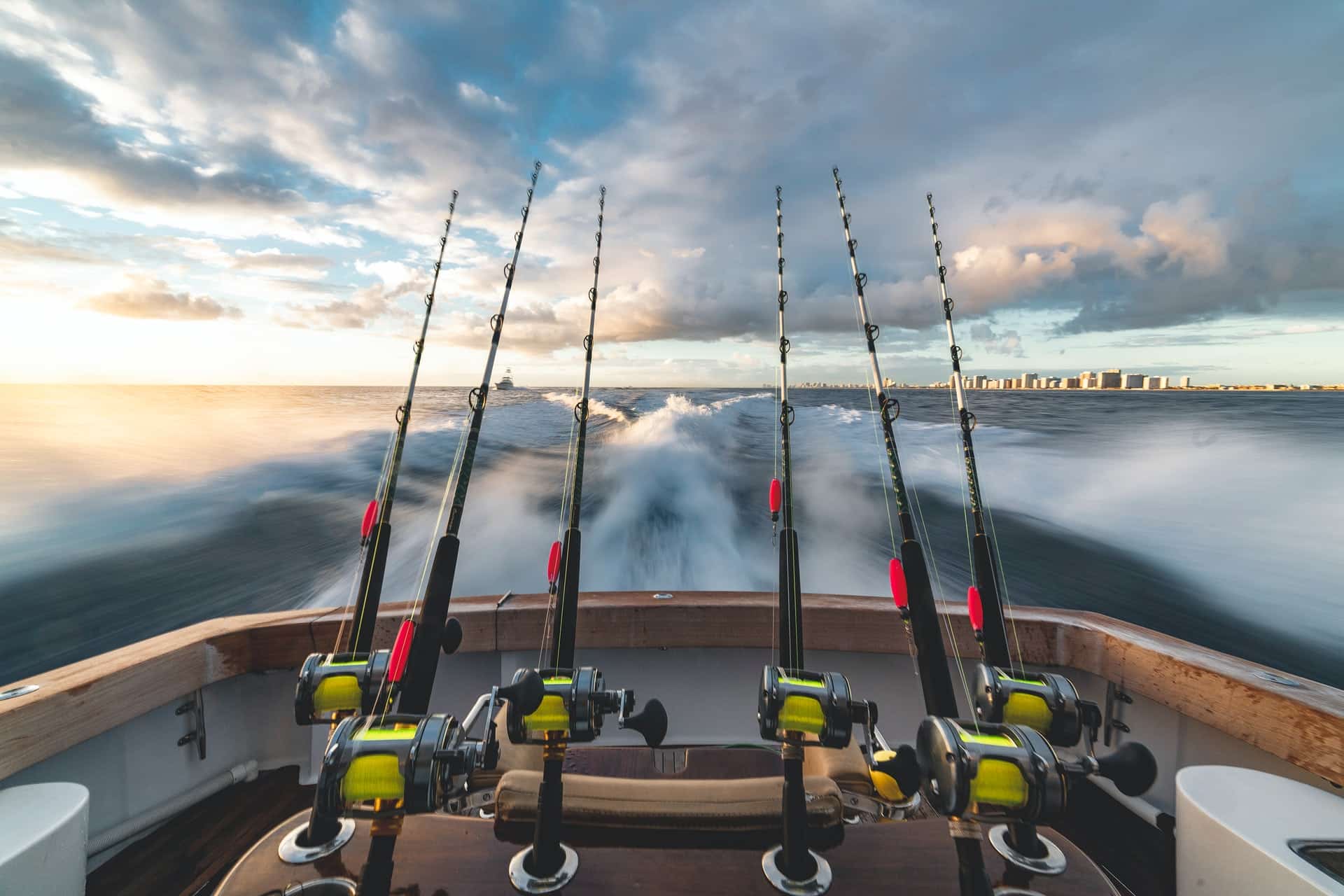Saskatchewan, Canada, is home to over 100,000 lakes and rivers, ranking it as one of the best freshwater fishing locations globally. Therefore, thousands of locals spend their weekends and holidays sailing their boats and watercraft to hunt for various fish, including the White Sucker, Lake Trout, Walleye, and Northern Pike – all species native to the Northwestern territories their great lakes. As a result, fishing is regarded as one of the most popular outdoor recreational activities for kids and adults in the state and a highly-rewarding occupation, depending on your skills and experience.
So, whether you’re planning to go on a casual fishing trip with your friends or family, or thinking of becoming a pro, keep reading our brief fishing guide for beginners and learn everything you need to know to get started.
A Fishing Guide for Beginners in Saskatchewan
Learning to fish for the first time can be overwhelming, especially if you’re fishing in freshwater lakes. Contrary to popular belief, it takes a lot more than dropping a line in the water and waiting for the fish to take the bait. You have to find the fish and tie on the correct fishing tackle and then use the proper technique to reel it in. Here’s everything you need to know about getting started with spin fishing (using a rod with a spinning reel).
The Basics
Whether you have a boat or planning to rent one, you’ll need to have a fishing license for Saskatchewan. You can easily apply for one online or at any fishing shop in your area. Once you’re set, the next step is to find current and comprehensive information about local water and where to fish. You can either as a friend or family member for advice or download fishing apps Fishbrain or FishAngler. It would help if you also learned about the species of fish you’re expected to find in the lakes. Ones like bass, trout, or panfish to understand what type of reel or bait you’ll need.
Gear
For beginners, a spinning reel and rod combo will suffice. You can watch YouTube videos to learn about their essential parts and how to set them up or ask an employee to guide you. The next thing you’ll need is lures and baits, which typically include live worms, leeches, insects, and PowerBait (scented hook material). Lures are decoys designed to attract fish to the surface and take the bait. As you gain experience, you’ll slowly transition from using essential fishing equipment to more advanced gear.
Essential Skills
The following are five essential skills you’ll learn in the beginning:
1. Knots
A knot is used to attach a hook to a line, and as a beginner, you need to learn how to tie one properly to ensure you catch fish successfully. The most basic knot you need to know is a clinch knot which attaches your hook to the line and rod. Other knots include the Palomar Knot, the Fisherman Knot, the Double Surgeon’s Knot, and the loop knot.
2. Casting
On paper, casting simply involves winding up and chucking your lure as far as you can. However, this is easier said than done and requires regular practice to get both distance and accuracy. You’ll learn how to flip the bail, hold the line with just one finger, and pull the rod harmoniously.
3. Hooking
Hooking is perhaps the most challenging skill you need to pick up as it involves setting the hook in the fish’s mouth following the bite. You’ll need to apply just the right amount of force and moderate pressure to ensure the hook sits properly on its mouth while the fish tires itself.
4. Landing
Landing is the final skill you’ll need to adapt to reel in the fish successfully. The idea is to wait until the fish is tired. Then, slowly scoop it out of the water to minimize the gills or stomach harm.
Conclusion
And there you have it – a fishing guide for beginners in Saskatchewan. However, if you’re planning to make fishing a regular hobby or source of income, you’ll most likely invest in a boat or watercraft to explore the different lakes. Once you find the perfect option for your needs, head to Nor Col EZ Dock for the best floating docks, boat ports, and docking accessories in the market to make your waterfront more accessible. Check out our extensive range of products and solutions, and feel free to call (800) 654-8168 for more information.







